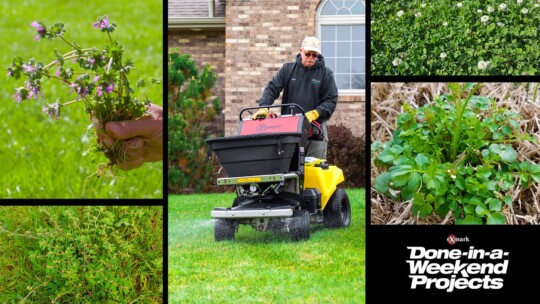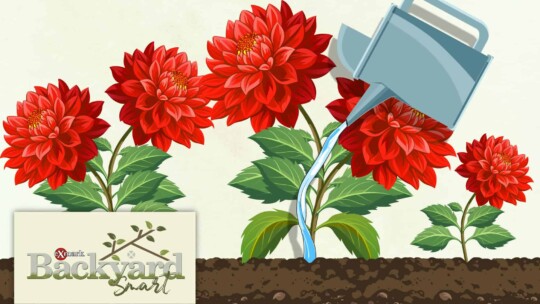Everyone does better with some sun—and so do your plants! Part sun or part shade, full sun or full shade—what does it mean and how do you determine it? Follow along, discover the differences, and learn how you can define each area of your yard to best determine plant sun exposure.
What is Plant Sun Exposure?
Garden sun exposure is simple: it’s how many hours of sunlight a plant needs to grow. And, the plant tag tells you all that you need. Full sun and full shade are both fairly self-explanatory: full sun plants need to be in direct sunlight for most of the day, and full shade plants need only a few hours of light. However, “full sun” doesn’t mean it needs twelve hours of sunlight a day; instead, full sun plants require at least six hours of light a day. And “full shade” doesn’t mean the plant has to be located in the pitch black. They need, at most, four hours of sun and can also thrive in areas of dappled shade, or light filtered through a leafy canopy.
Likewise, part sun and part shade plants are two sides of the same coin. Both require four to six hours of sun a day, but the main difference is in the time of day in which they receive their sun. Part sun plants require an hour or two of afternoon shine, while part shade plants like to get all of their light before noon rolls around.
And, like all things, there are always a few exceptions to the rule. Part-sun-to-full-sun plants need a minimum of four hours of direct sunlight, but also thrive in warmer climates and temperatures. Part-shade-to-full-shade plants need at most six hours of sunlight, and do better in cooler climates. And, full-sun-to-full-shade plants don’t care about how much light they do (or don’t) receive, and thrive in any situation imaginable.
How do You Determine Sun Exposure?
While there are tools you can buy to measure light levels, the simplest, tried-and-true way of determining the sun exposure in your yard is observation. Starting at sunrise, head out back every hour and take note of the levels of light and shade (and the different kinds of shade). It’s that easy—in fact, we’ve created a convenient plant sunlight chart that you can download, print, and take outside to get a lay of your land.
However, outside of hourly observation, there are a few things to keep in mind. Mainly, the location of neighboring bushes, plants, and trees (and if you’re planning on planting any in the near future) is important, as they can cast shadows that steal light from plants that might need it. Likewise, you need to consider what direction your house faces and where you’re planning on planting in relation to it, as early morning and late afternoon sun casts long shadows that might be more beneficial to some plants than others.
So, download our sun exposure chart, get outside, get planting, and shed some light. Your plants will thank you later.
Download this handy chart to help determine sun exposure in your yard:



